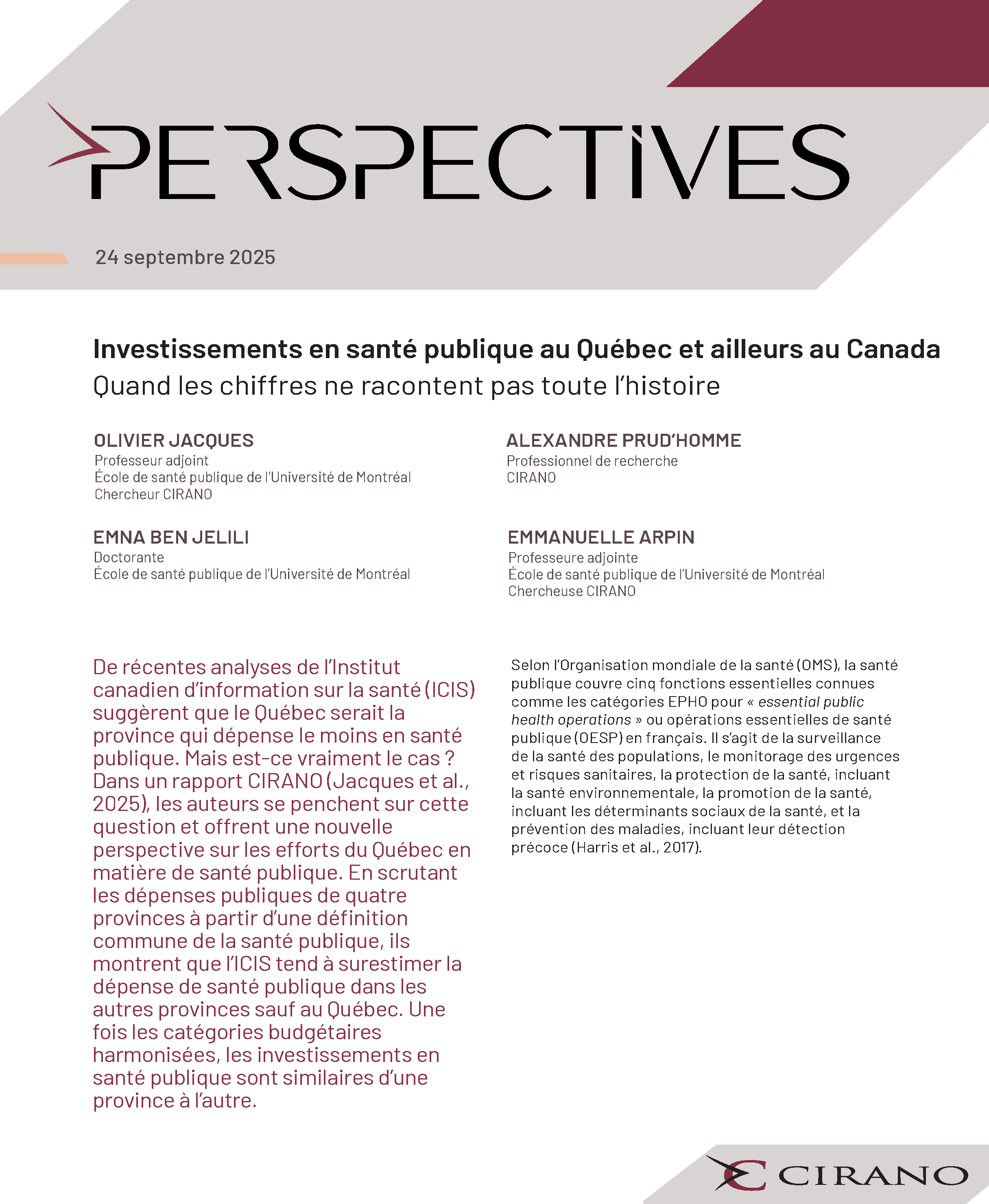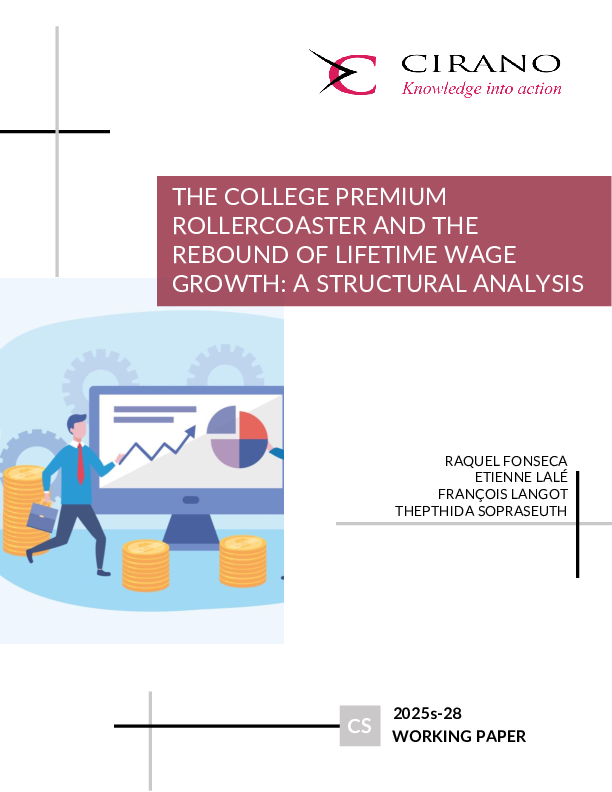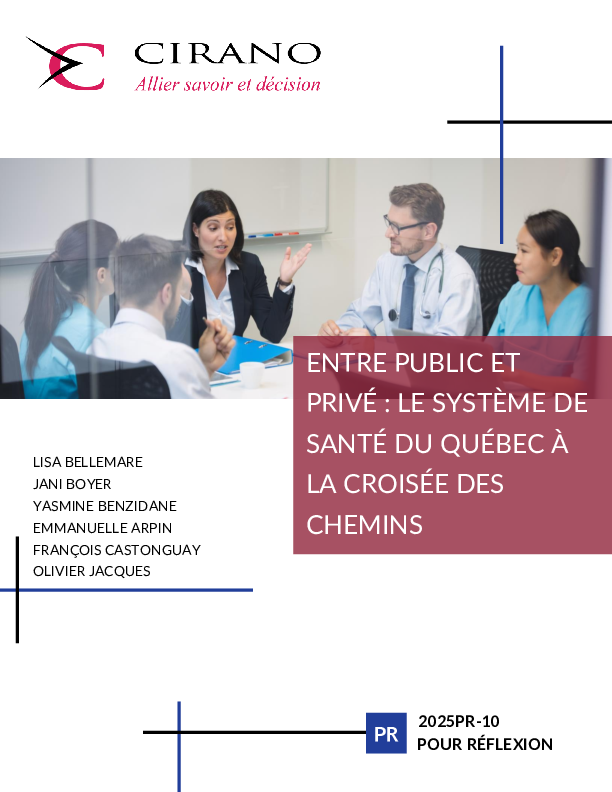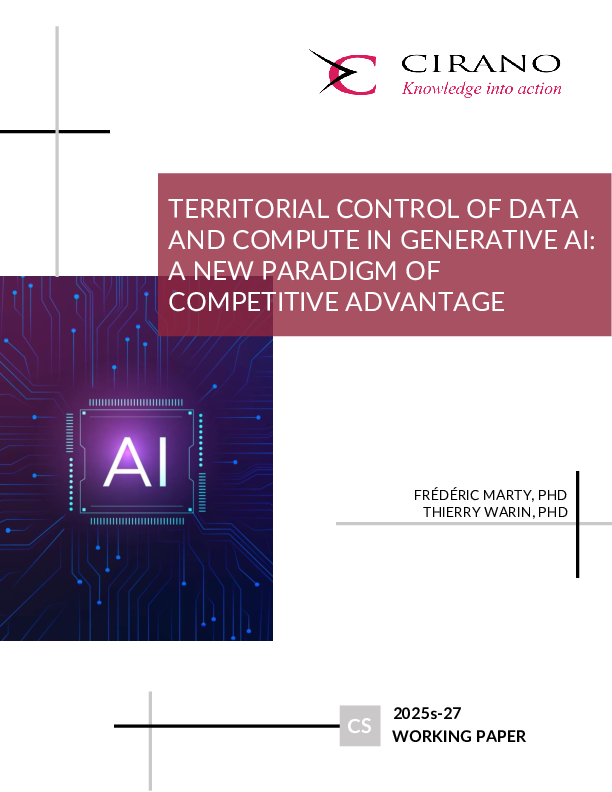Nighttime light pollution and economic activities: A spatio-temporal model with common factors for US counties
Excessive nighttime light is known to have detrimental effects on health and on the environment (fauna and flora). The paper investigates the link between nighttime light pollution and economic growth, air pollution, and urban density. We propose a county model of consumption which accounts for spatial interactions. The model naturally leads to a dynamic general nesting spatial model with unknown common factors. The model is estimated with data for 3071 continental US counties from 2012–2019 using a quasi-maximum likelihood estimator. Short run and long run county marginal effects emphasize the importance of spillover effects on radiance levels. Counties with high levels of radiance are less sensitive to additional growth than low-level counties. This has implications for policies that have been proposed to curtail nighttime light pollution.




